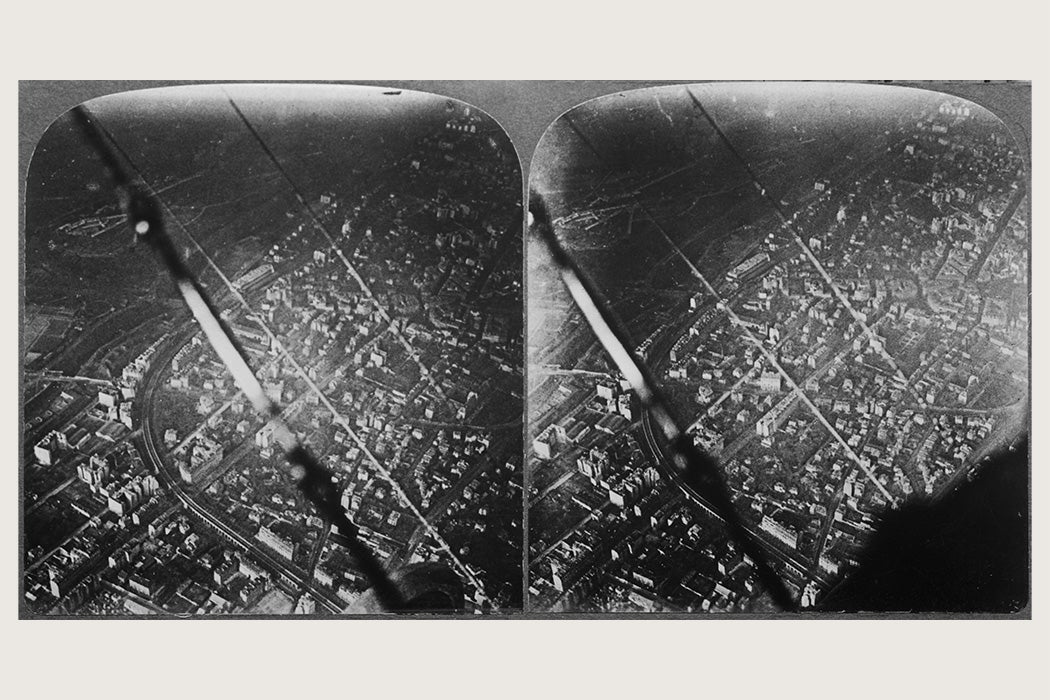The European spacecraft BepiColombo flew past Mercury recently, taking pictures of a cratered landscape. As scientists study these pictures, they’ll be working in a historical tradition that goes back to the early days of military aviation.
In 1957, Richard G. Ray and William A. Fischer wrote an article for Science describing how aerial photography transformed the way geologists worked in the twentieth century. As some of the first “photogeologists,” their writing provides a window into the history of a rapidly changing profession.
In World War I and World War II, militaries used aerial photography for reconnaissance and mapping. Ray and Fischer write that similar technologies and techniques made aspects of geology cheaper and faster, and enabled geologists to acquire entirely new types of information.
Geologists looked for details in the landscape such as tone, color, texture, and pattern. They drew comparisons and speculated about the connections between features in the terrain. The big-picture view allowed them to piece together theories about the geologic history of entire areas—a process that would have taken much longer with traditional field geology.
One old technique put to new use was stereoscopic photography, in which two photographs of the same subject from slightly different angles could provide a three-dimensional image. Ray and Fischer write that the importance of this viewpoint for geology “cannot be overemphasized.” The stereoscopic images gave geologists insight into texture and vertical relief that could not be gained from two-dimensional photographs.
Aerial photography was particularly useful for forested areas and other places difficult to access on foot. Ray and Fischer describe how geologists found fractures associated with ore deposits in remote southern Alaska, visible through heavy forestation. They write that in jungles, fellow geologists analyzed patterns of water drainage, a practice they called “creekology.”
Ray and Fischer are clear that “the interpreter can only guess” about things like the composition of the rocks at a site. Images from the air provided them a starting point for analysis and guided geologists to certain areas. But to verify the information, Ray and Fischer believed that people had to go into the field and see it for themselves from the ground.
These types of images gained extraordinary scientific and economic value. Just as scientists used aerial images to glean information about an area, oil and mining companies used them to pinpoint sites for further exploration.
Weekly Newsletter
Just two weeks before Ray and Fischer’s article was published, the Soviet Union launched the Sputnik satellite, kicking off the Space Race. Soon spacecraft carried cameras to the Moon and to the planets, and geologists used the techniques of aerial geology to study unearthly landscapes.
Some of these techniques are still in use today, although scientists combine them with other remote sensing technologies that provide insights into geology and geophysics. But research still use the aerial vantage point to understand both our world and other worlds around the solar system.







